Introduction
In today’s fast-paced and ever-changing world, businesses constantly seek ways to gain a competitive edge. One of the most powerful tools at their disposal is predictive analytics. Predictive analytics involves analyzing historical data to identify patterns, trends, and relationships that can be used to make accurate predictions about future events. By harnessing the power of data, businesses can anticipate trends and stay one step ahead of their competition. In this article, we will explore the concept of predictive analytics for anticipating trends and delve into its various applications and benefits.
- Predictive Analytics for Anticipating Trends: A Closer Look
- The Role of Data in Predictive Analytics
- Predictive Analytics Techniques for Anticipating Trends
- Applications of Predictive Analytics for Anticipating Trends
- Benefits of Predictive Analytics for Anticipating Trends
- FAQs (Frequently Asked Questions)
- Conclusion
Predictive Analytics for Anticipating Trends: A Closer Look
Predictive analytics is a branch of advanced analytics that leverages various statistical techniques, machine learning algorithms, and data mining tools to analyze vast amounts of data and uncover valuable insights. By identifying patterns and relationships in historical data, predictive analytics can help businesses make informed decisions and predictions about future trends. Whether it’s forecasting customer demand, predicting market trends, or identifying emerging patterns, predictive analytics plays a pivotal role in helping businesses stay ahead in today’s dynamic marketplace.
The Role of Data in Predictive Analytics
Data is the lifeblood of predictive analytics. The more data businesses have at their disposal, the more accurate their predictions are likely to be. Organizations collect data from a wide range of sources, including customer interactions, social media, online transactions, and sensor data. This data is then processed, cleaned, and transformed into a structured format suitable for analysis. By leveraging this data effectively, businesses can gain valuable insights that enable them to anticipate trends, optimize their operations, and make strategic decisions.
Predictive Analytics Techniques for Anticipating Trends
Predictive analytics encompasses a wide range of techniques and algorithms that can be used to anticipate trends. Let’s explore some of the most commonly used techniques:
1. Regression Analysis
Regression analysis is a statistical technique used to explore the relationship between a dependent variable and one or more independent variables. By analyzing historical data, regression models can be used to predict future outcomes and trends.
2. Time Series Analysis
Time series analysis involves analyzing data collected over regular intervals of time to identify patterns and trends. This technique is particularly useful for forecasting future trends based on historical data.
3. Machine Learning Algorithms
Machine learning algorithms, such as decision trees, random forests, and neural networks, can be trained on historical data to make predictions about future events. These algorithms learn from patterns and relationships in the data and can uncover hidden insights that humans might overlook.
4. Data Mining
Data mining is the process of discovering patterns and relationships in large datasets. By applying various data mining techniques, businesses can extract valuable insights and identify trends that can help them make accurate predictions.
Applications of Predictive Analytics for Anticipating Trends
Predictive analytics has a wide range of applications across industries. Let’s explore some of the key areas where predictive analytics can be used to anticipate trends:
1. Marketing and Sales
Predictive analytics can help businesses anticipate customer behavior, predict demand, and identify cross-selling and upselling opportunities. By analyzing customer data, businesses can personalize their marketing efforts and tailor their offerings to meet specific customer needs.
2. Finance and Risk Management
In the finance industry, predictive analytics is used to detect fraudulent activities, assess credit risk, and predict market trends. By analyzing historical financial data, businesses can make accurate predictions about market conditions and take proactive measures to mitigate risks.
3. Supply Chain Management
Predictive analytics can optimize supply chain operations by forecasting demand, improving inventory management, and identifying potential bottlenecks. By anticipating trends in customer demand, businesses can ensure the timely availability of products and streamline their supply chain processes.
4. Healthcare
In the healthcare industry, predictive analytics can be used to anticipate disease outbreaks, predict patient readmissions, and personalize treatment plans. By analyzing patient data and medical records, healthcare providers can make informed decisions and improve patient outcomes.
5. Human Resources
Predictive analytics can help organizations optimize their hiring processes, identify employee attrition risks, and predict workforce trends. By analyzing employee data, businesses can make data-driven decisions to improve employee engagement and retention.
Benefits of Predictive Analytics for Anticipating Trends
The adoption of predictive analytics can yield several benefits for businesses. Let’s explore some of the key advantages:
1. Competitive Advantage
By accurately anticipating trends, businesses can gain a competitive edge by staying ahead of their competitors. Predictive analytics enables organizations to identify emerging patterns and market trends, allowing them to make proactive decisions and capitalize on new opportunities.
2. Improved Decision-Making
Predictive analytics provides businesses with valuable insights that can enhance decision-making processes. By basing decisions on data-driven predictions, organizations can minimize risks, optimize operations, and achieve better outcomes.
3. Enhanced Customer Experience
Predictive analytics enables businesses to understand their customers better and anticipate their needs. By personalizing marketing efforts, tailoring product offerings, and providing proactive customer service, businesses can deliver an exceptional customer experience.
4. Cost Savings
By accurately forecasting demand, optimizing inventory management, and streamlining operations, businesses can achieve significant cost savings. Predictive analytics helps organizations reduce waste, minimize excess inventory, and optimize their resource allocation.
FAQs (Frequently Asked Questions)
Q: What is the role of predictive analytics in anticipating trends?
Predictive analytics plays a crucial role in anticipating trends by analyzing historical data and identifying patterns and relationships. By leveraging statistical techniques and machine learning algorithms, businesses can make accurate predictions about future events and trends.
Q: How can predictive analytics benefit businesses?
Predictive analytics offers several benefits for businesses, including gaining a competitive advantage, improving decision-making, enhancing the customer experience, and achieving cost savings. By leveraging data to anticipate trends, businesses can make proactive decisions and optimize their operations.
Q: What industries can benefit from predictive analytics for anticipating trends?
Predictive analytics has applications across various industries, including marketing and sales, finance and risk management, supply chain management, healthcare, and human resources. The ability to anticipate trends is valuable in any industry where staying ahead of the competition is crucial.
Q: What data is used in predictive analytics?
Predictive analytics utilizes a wide range of data sources, including customer interactions, social media, online transactions, sensor data, and historical records. By analyzing this data, businesses can uncover valuable insights and anticipate trends.
Q: How accurate are predictions made through predictive analytics?
The accuracy of predictions made through predictive analytics depends on the quality of the data, the chosen techniques and algorithms, and the expertise of data analysts. With accurate and relevant data, businesses can achieve a high level of accuracy in their predictions.
Q: How can businesses get started with predictive analytics?
To get started with predictive analytics, businesses need to define their objectives, identify relevant data sources, and build the necessary infrastructure for data collection and analysis. It is also important to invest in the right tools and expertise to effectively leverage predictive analytics.
Conclusion
Predictive analytics is a powerful tool that enables businesses to anticipate trends, make informed decisions, and gain a competitive edge. By leveraging historical data and applying advanced techniques and algorithms, businesses can unlock valuable insights and predictions about the future. From marketing and sales to supply chain management and healthcare, the applications of predictive analytics are vast and diverse. As technology continues to advance and data becomes more abundant, businesses that embrace predictive analytics will be well-positioned to navigate the ever-changing







Leave a Reply